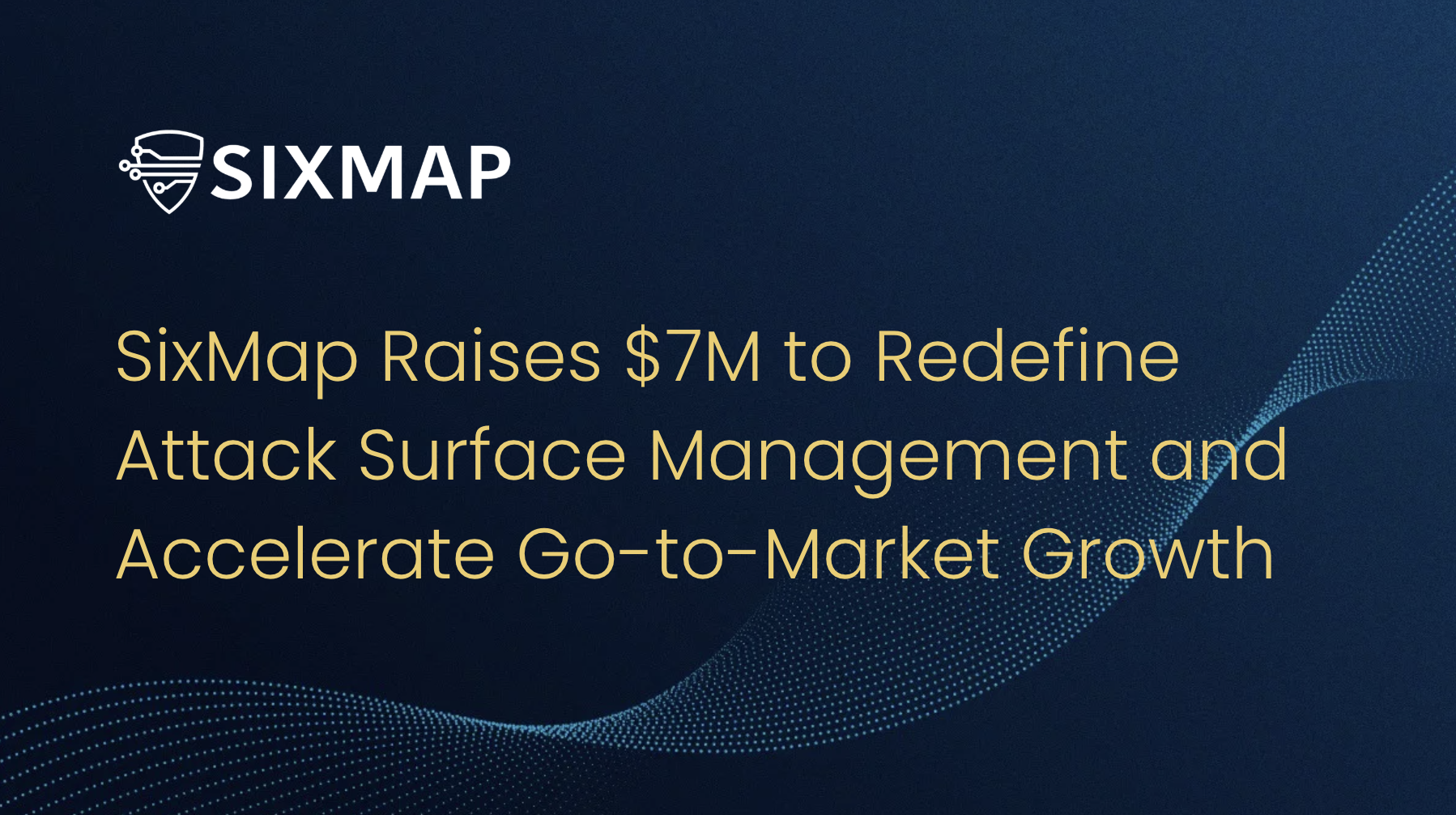In the rapidly evolving landscape of cybersecurity, the sheer volume of Common Vulnerabilities and Exposures (CVEs) can be overwhelming for organizations.
Thousands of new vulnerabilities are disclosed each year, but not all of them require immediate action. Even “critical” vulnerabilities may not always pose an urgent risk, or may not pose one to assets you particularly need to protect. The key to an effective cybersecurity strategy lies in prioritizing which vulnerabilities to address, with a special focus on those actively being exploited. This prioritization ensures that resources are directed toward systems that are at greatest risk, enabling faster, targeted patching where it matters most.
Patching vulnerabilities in affected systems is crucial for reducing the attack surface. However, the reality is that not all vulnerabilities need to be patched immediately, especially when considering limited resources. The challenge lies in determining which vulnerabilities pose the highest threat.
This is where SixMap steps in, offering critical, human-reviewed data about the threats most likely to impact your enterprise, and provide context on exploitation. Our platform helps security teams prioritize vulnerabilities based on active threat data, providing actionable insights to safeguard your systems before attackers can take advantage.
1. Targeting Real Threats with Advanced Tools and Human Insight
Tracking actively exploited CVEs is critical for effective cybersecurity, but technology alone is not enough.
Human insight adds another layer of value by contextualizing the threat landscape. While automated tools can flag vulnerabilities, experienced analysts can discern patterns, providing organizations with intelligence about how and when specific vulnerabilities are exploited.
Active monitoring
Advanced tools like SixMap regularly scan your software environment and cross-reference what we find with open-source and government intelligence on exploits, well beyond just the CISA KEV list.
By highlighting actively exploited CVEs, SixMap ensures that you address vulnerabilities posing the most immediate risks.
Contextual information
Automated tools provide valuable data, but human analysis adds critical context.
Understanding the severity, system impact, and real-world exploitation trends is essential for making informed decisions on vulnerability remediation.
SixMap researchers can tell you who the attacker coming for you will be, and how they’ll try to get in.
Attacker’s perspective
With how SixMap non-intrusively evaluates your systems, we simulate an external attacker’s view of your systems, helping prioritize patching efforts that defend against real, external-facing threats first.
2. Efficient Resource Allocation: Maximizing Patching Efficiency
Organizations often struggle to allocate limited cybersecurity resources effectively.
A common pitfall is trying to patch every vulnerability, wasting effort on low-risk threats while missing high-priority ones.
By leveraging SixMap’s intelligence on exploited CVEs, security teams can target their resources where they’re needed most.
Streamlined patching
Instead of reacting to every vulnerability, SixMap allows organizations to prioritize patching based on exploitation data.
This reduces the need for blanket patching, enabling teams to focus on vulnerabilities that are actively being targeted by attackers.
Standing ready
With real-time intelligence feeds, SixMap ensures your team is ready to act before attackers can exploit a known vulnerability, keeping one step ahead of cybercriminals.
Operational efficiency
Rather than overwhelming teams with the totality of CVEs, SixMap narrows down the list to vulnerabilities that pose a real risk, ensuring that resources are spent wisely and security posture is improved.
3. Strengthening Incident Response and Preparedness
When an actively exploited vulnerability is identified, speed is of the essence.
Being prepared to patch systems before attackers strike is critical for minimizing damage, and SixMap offers proactive intelligence that can guide incident response teams toward high-risk areas.
Proactive threat identification
By knowing which vulnerabilities attackers are targeting, organizations can take action to protect critical systems before an incident occurs.
Human intelligence combined with advanced monitoring ensures this data is current and actionable.
Rapid mobilization
With SixMap’s insight, security teams can swiftly respond to potential breaches by focusing on the vulnerabilities most likely to be exploited.
This rapid response reduces the time to remediate and can significantly lower the impact of an attack.
Learning and adaptation
By tracking patterns in exploitation, SixMap helps organizations continuously learn from past incidents, refining security measures to guard against future threats.
4. Leveraging Exploitation Patterns for Strategic Security Improvements
Tracking exploited vulnerabilities isn’t just about addressing immediate risks—it’s also an opportunity to strengthen your long-term security posture.
Understanding exploitation trends helps organizations build a more resilient infrastructure.
Identifying recurring weaknesses
SixMap provides organizations with data on which vulnerabilities are most often exploited.
This allows security teams to focus on hardening those weak spots, whether it’s specific software or entire segments of the network.
Predicting future threats
By analyzing past exploitation trends, SixMap can help predict future vulnerabilities that may be targeted by attackers, allowing organizations to be proactive in their defense strategies.
Organized defense
Recognizing patterns helps not only within an organization but across industries.
SixMap encourages cross-sector collaboration in understanding how attackers target specific verticals, enabling a coordinated defense approach.
Taking Control with SixMap: Precision, Context, and Proactive Defense
In today’s complex threat landscape, it’s clear that not every vulnerability requires immediate attention.
However, failing to patch actively exploited vulnerabilities can leave your organization exposed to critical threats. SixMap stands out by combining automated vulnerability tracking with human-reviewed intelligence, offering a comprehensive solution to help prioritize remediation based on real-world exploitation.
Our platform provides an attacker’s perspective, continuously monitors for new threats, and helps you focus your patching efforts on what matters most.
With SixMap, you gain visibility not just into what vulnerabilities exist but into how attackers are likely to exploit them, empowering your organization to defend its systems proactively.
Conclusion
Cybersecurity is about more than just identifying vulnerabilities—it’s about knowing which vulnerabilities matter most and addressing them before they can be exploited.
By focusing on actively exploited CVEs and leveraging tools like SixMap to provide intelligence-driven insights, organizations can take control of their digital landscape, patch critical systems before attackers strike, and continuously strengthen their security posture.





